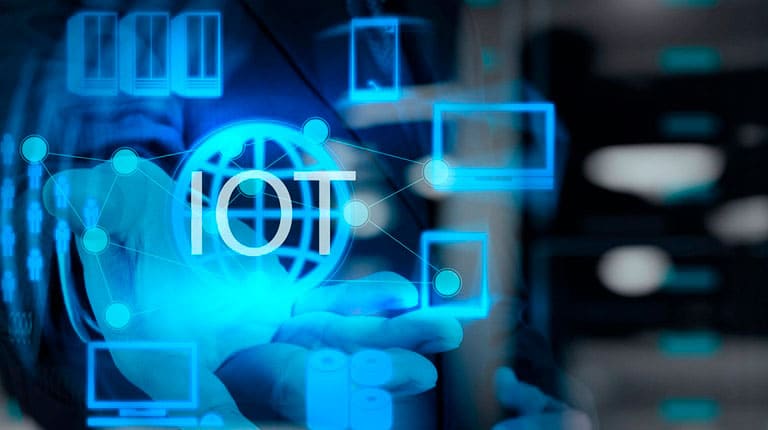As Communications Service Providers (CSPs) worldwide scale up the deployments of their 5G networks, they face strong pressure to optimize their Return on Investment (RoI), given the massive expenses they already incurred to acquire spectrum as well as the ongoing costs of infrastructure rollouts.

The IoT is Hitting Us
The IoT phenomenon is happening as we speak. What is IoT? It’s simple, all the new things we buy can be “connected”. Your smartphone, tablet, computer, etc., can all be connected over the home Wi-fi or through the mobile network. But as more and more gadgets get connected to the network, the amount of data generated from each device also increases. So what can we do with all this new data that is generated? Do we really need it? And if so, for what purpose?
In the coming months and years, organizations will come up with business cases and sell solutions to solve the problems that we today solve differently, but which will be made easier or “smarter” utilizing the IoT. Just think about the huge opportunities in telemedicine where patients can be monitored all the time while being at home or doing regular activities. In other words, a much better and more convenient solution that results in a higher quality of life for the patients. On top of this they will also be solving problems that we currently don’t even know exist.
Here is a thought, how about a little autonomous drone that monitors our homes when we are away and can transmit live pictures. The ‘need’ does not exist today, but it’s only a matter of time. I know I will be looking into this soon.
The IoT is the next technological wave that will hit us – or is in fact already hitting us. And some are already talking about the IoE – the Internet of Everything – connecting not only things but also people, processes and data.
Billions of simple devices
The IoT network will contain billions of IoT devices, many very simple unintelligent “sensors” that cannot connect directly to the internet. To make all these many IoT devices simple and cheap to produce and deploy, they may have to depend on some type of gateway to connect to the internet. This could be a smartphone or for home automation sensors. It may also be some sort of a sensor gateway that the IoT devices connect to using some low power communication like Bluetooth Low Energi (BLE) or similar. But as some of the information coming from these IoT devices may require fast reaction times, some intelligence may have to be moved closer to these devices to enable this.
With a huge network of billions of devices and more computing power moved closer to the edge to satisfy any requirements for fast responses, we will see a network that becomes much more distributed and maybe even meshed in its structure.
How can it be controlled and monitored?
Although some communication will be direct between the different IoT device, how can we possibly control and monitor a network where not all traffic will pass through a managed network? Some traffic will be turned around in your DSL router at home, some will be turned around at the ISP and others will make it to the internet as this is where it is destined. Maybe not that different from any network today, but then again the amount of traffic will increase exponentially.
Will it be reliable and safe?
– The big question is now how to make such a network secure as I am sure we would not want to share our medical data with everybody.
– How to ensure response times for critical data? It would be nice if the sprinkler system starts immediately when a fire is detected.
– And in general how to monitor such a widely distributed network and do troubleshooting? How do we prevent hacking into the IoT network or simply find faulty devices?
I do not have all the answers but I am sure Napatech will continue to provide the solution for monitoring and securing your networks in the future.


